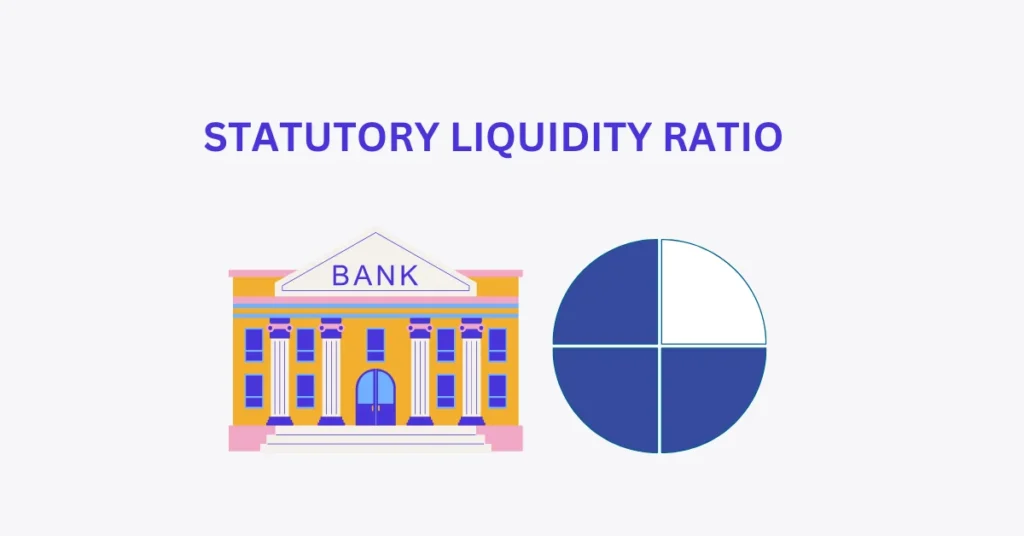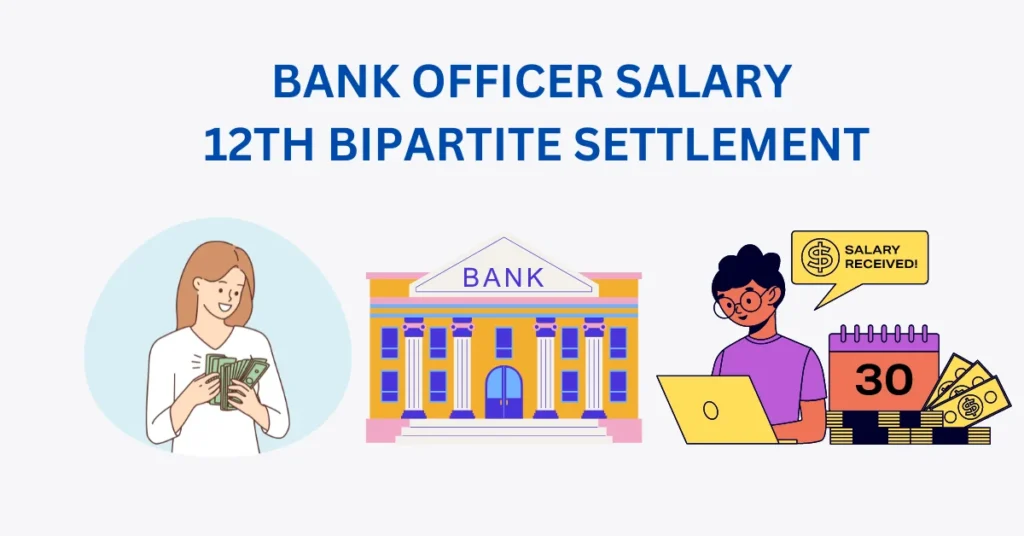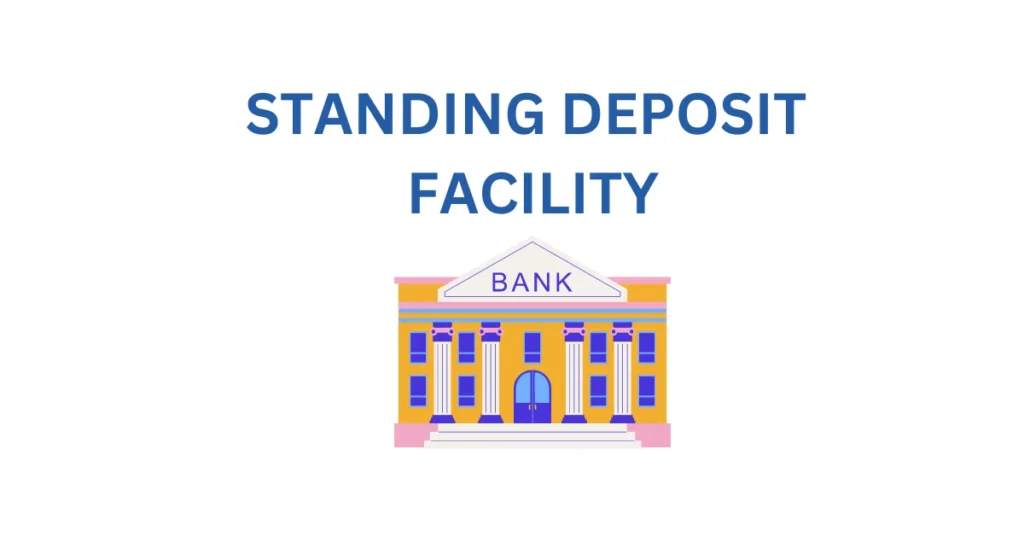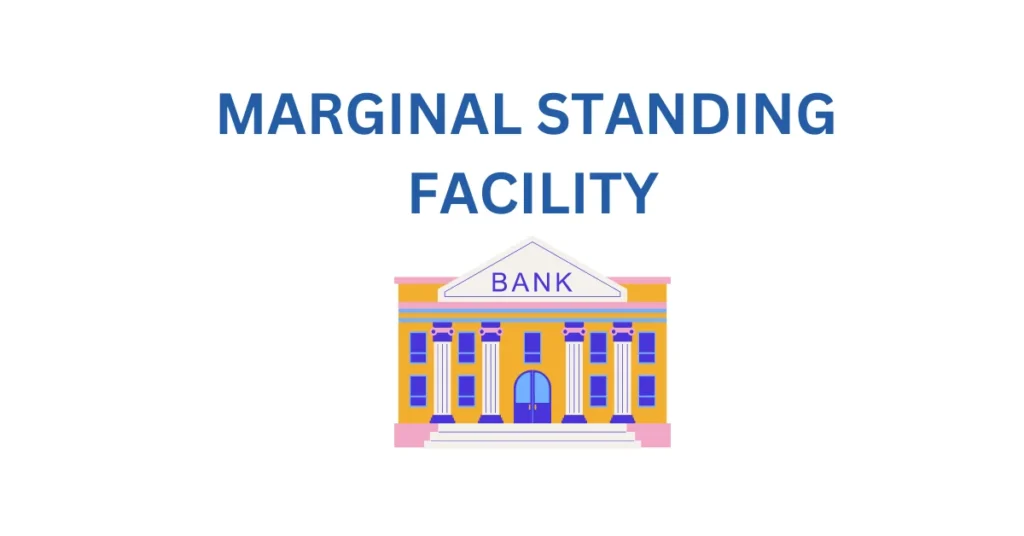In the realm of finance, certain terms hold significant sway over economic activities and monetary policies.
Repo rate, a term often mentioned in discussions concerning central banking, plays a pivotal role in shaping the financial landscape.
In this article, we will provide the information about the repo rate, its implications on various financial instruments, and its broader impact on the economy.
UNDERSTANDING REPO RATE
Repo rate, short for repurchase rate, refers to the rate at which commercial banks borrow money from the central bank, which in the case of India, is the Reserve Bank of India (RBI).
This borrowing occurs when banks sell their securities to the central bank to manage their short term liquidity needs or to fulfil regulatory requirements.
The repo rate serves as one of the primary monetary policy tools employed by central banks to regulate inflation and control liquidity in the financial system.
EXPLAINING BASIS POINTS (BPS)
Before delving further into repo rate dynamics, it’s essential to grasp the concept of basis points (bps). Basis points are a unit of measurement commonly used in finance to express small changes in interest rates or financial values. One basis point equals 0.01%, representing a minuscule fraction of a percentage.
HOW REPO RATE WORKS
When banks find themselves in need of funds, they can borrow from the central bank by pledging securities as collateral.
The interest rate charged on this borrowing is the repo rate. Essentially, it’s the cost at which banks obtain short term funds from the central bank.
This transaction, known as a repurchase agreement or repo transaction, involves banks selling securities to the central bank with an agreement to repurchase them at a later date at a predetermined price.
RECENT REPO RATE UPDATES
The repo rate is subject to periodic adjustments by the RBI to align with prevailing economic conditions and monetary policy objectives. Recent repo rate updates reflect the following trends:
| Repo Rate Update | Rate |
| 5th April 2024 | 6.50% |
| 8th February 2024 | 6.50% |
| 8th December 2023 | 6.50% |
| 10th August 2023 | 6.50% |
| 8th June 2023 | 6.50% |
| 6th April 2023 | 6.50% |
| 8th February 2023 | 6.50% |
| 7th December 2022 | 6.25% |
| 30 September 2022 | 5.90% |
| 8 June 2022 | 4.90% |
| 4 May 2022 | 4.40% |
| 22 May 2020 | 4.00% |
| 27 March 2020 | 4.40% |
| 04 October 2019 | 5.15% |
| 07 August 2019 | 5.40% |
| 06 June 2019 | 5.75% |
| 01 August 2018 | 6.50% |
| 06 June 2018 | 6.25% |
| 02 August 2017 | 6.00% |
IMPACT OF REPO RATE ON FINANCIAL PRODUCTS
Home Loans
Home loans tied to the repo rate experience fluctuations in interest rates in line with changes in the repo rate. An increase in the repo rate leads to higher EMIs for borrowers, while a decrease results in reduced EMIs.
Fixed Deposits (FDs)
Fixed deposit interest rates may be influenced by changes in the repo rate. An increase in the repo rate could translate to higher FD interest rates, benefiting investors seeking stable returns.
Stock Market
Changes in the repo rate can influence investor sentiment and stock market performance. A rise in the repo rate may dampen economic activity, leading to lower corporate profits and stock prices.
COMPONENTS OF A REPO TRANSACTION
Repo transactions involve several key components, including:
Economic Stabilization:
Repo rate adjustments by the central bank help regulate inflation and stabilize the economy.
Hedging & Leveraging:
Banks utilize repo transactions to manage liquidity and leverage their asset portfolios.
ShortTerm Borrowing:
Banks borrow funds from the central bank for short durations, typically overnight.
Collateralization:
Securities pledged by banks serve as collateral for repo transactions.
Liquidity Management:
Repos assist banks in maintaining adequate liquidity reserves to meet operational requirements.
IMPACT OF REPO RATE ON THE ECONOMY
Repo rate plays a crucial role in influencing various economic factors:
Controlling Inflation
The central bank adjusts the repo rate to manage inflation levels. An increase in the repo rate can curb inflation by making borrowing more expensive, thereby reducing consumer spending.
Stimulating Economic Growth
Lowering the repo rate encourages borrowing and investment, thereby stimulating economic activity and promoting growth.
CONCLUSION
Repo Rate stands as a vital instrument of monetary policy with far reaching implications for financial markets and the broader economy.
By understanding its mechanics and impact, individuals and businesses can navigate the financial landscape with greater insight and adaptability.
As repo rate dynamics continue to evolve, its role in shaping economic outcomes remains ever pivotal.







